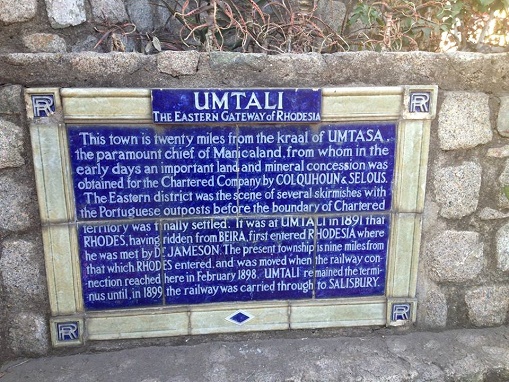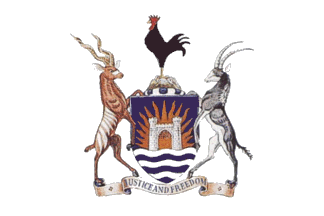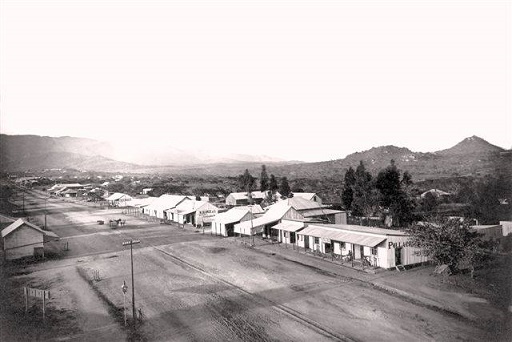Umtali


Foundation stones at Bulawayo Railway History
Museum

1954 Museum Construction
1957 Silver Oaks where museum exhibited its
collection
1904 Main Street, 1949 Main Street &
Post Office

Umtali Club
1909 Umtali Park & 1950 Fire Station
Cecil Hotel
Overhead City View & Umtali Club
Post Office - 1960s
Railways Station - 1897, 1920-1940s &
1968
St. Andrews Catherdral
2020 Overhead drone view
Mutare (known as Umtali until 1983) is the
fourth largest city in Zimbabwe, with an urban population of
approximately 188,243 and rural population of approximately 260,567. It is the capital of Manicaland
province.
The area was the site of Chief Mutasa's kraal. In 1890 A. R. Coquhoun
was given concessionary rights and Fort Umtali (the fort later became
Mutare) was established between the Tsambe and Mutare Rivers. The word
mutare originates from the word 'Utare' meaning iron (or possibly
meaning gold). The name was probably given to the river as a result of
gold being discovered in the Penhalonga valley through which the Mutare
River runs.
In 1891 the location was moved to a site now known as Old Mutare, about
14 km north of the city centre. In 1896 the construction of the railway
between Beira and Bulawayo led to the town being moved a third time so
that it was closer to the railway line – compensation was paid by the
British South Africa Company to the townspeople for the cost of moving.
The town was proclaimed a municipality on 11 June 1914 and in 1971 it
was granted city status. The name was officially changed from Umtali to
Mutare in 1982.